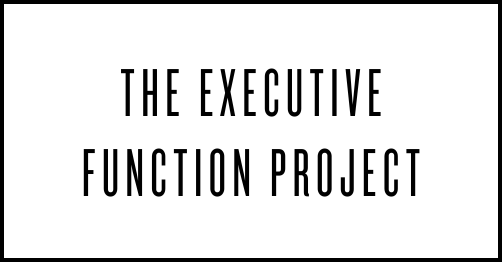Learning Through Visuals
Apr 16, 2024
In the present digital age, technology has revolutionized how we gain knowledge. Traditional learning methods, such as textbooks and blackboards, have been replaced with various learning opportunities. One of the most effective techniques is visual learning, which uses visual aids such as images, charts, diagrams, and videos to convey information. This approach has proven to be a potent tool in education, improving understanding, retention, and overall knowledge development.
Visual learning stimulates the brain and helps to create connections between different concepts, making it easier to remember information. Additionally, it's a more engaging method as it allows learners to interact with the material. This blog explores the importance of visual learning and how it can enhance the learning experience.

What is Visual Learning?
Visual learning is learning through visuals such as images, diagrams, infographics, videos, and animations. It involves processing information through visual aids rather than relying solely on written or spoken words. This learning mode taps into the brain's visual cortex, responsible for processing and interpreting optical inputs. By engaging the visual sense, learners can absorb and understand complex subjects or concepts effectively.
“Learning to see and create visual images must also be recognized as essential to the learning process.”
- Bette Fetter
Engaging and Captivating
One of the critical advantages of visual learning is its ability to capture attention and maintain engagement. Visuals are eye-catching and can convey information much faster than traditional text-only methods. A well-designed infographic or an educational video can instantly grab the learner's focus and stimulate interest. This engagement promotes motivation, encourages participation, and enhances understanding of the subject matter.

Enhancing Comprehension and Retention
The human brain has an exceptional ability to process visuals efficiently. Research suggests that visuals and text can lead to an average increase of 89% in understanding and retention of information. Visual aids provide a context that enables learners to connect dots, identify patterns, and visualize abstract concepts. In subjects such as science and mathematics, where abstract theories are often challenging to grasp, visuals can simplify complex ideas, making them more accessible and memorable.
Furthermore, visuals can stimulate multiple brain areas simultaneously, making the learning process more holistic. For instance, watching a video showing a scientific experiment activates the visual and auditory senses, reinforcing the understanding and creating a vivid memory of the concept. The combination of sight, sound, and motion significantly enhances learning effectiveness.

Quick and Efficient Learning
Visuals offer a faster and more efficient way of learning, especially for individuals with different learning styles. While some excel at reading and writing, others may be more visual or kinesthetic learners. By incorporating visuals into educational materials, the needs of diverse learners can be met, resulting in a more inclusive and effective learning environment.
Visuals enable learners to grasp essential information quickly. For example, displaying data in graphs or charts in a business presentation allows the audience to interpret trends and patterns at a glance. This efficient information processing saves time, enabling learners to move forward with their studies or work more effectively.
“A substantial amount of our brain power is devoted to visual processing. When we add a visual component, a drawing component, to what we are teaching, student recall increases.”
- Susan A. Gingras Fitzell
Real-World Application
Visual learning not only improves academic performance but also has many real-world applications. In fields such as medicine and engineering, where precision and visual understanding are vital, learners benefit significantly from visual aids. Medical students, for instance, learn complex anatomical structures through diagrams and 3D visualizations, enabling them to visualize the human body accurately. Moreover, visuals promote creativity and critical thinking skills. Learners are often encouraged to analyze, interpret, and draw conclusions when presented with visual information. This skill of analytical thinking is precious for solving problems and making decisions. It equips learners to approach challenges from various perspectives and think creatively.

Conclusion
Learning through visuals is an invaluable approach in modern education. It provides an engaging, comprehensive, and efficient method of understanding and keeping information. Embracing visual learning enhances academic performance and equips learners with the skills needed for real-world applications. So, whether you are a student, teacher, or professional, harness the power of visuals and unlock the unlimited learning potential.
On the Web
Every week I will be posting a 10-minute tutorial on YouTube, on a topic related to executive function and the science and psychology of learning, as well as ways you can develop personally and professionally while focusing on your own Executive Functions.
Subscribe to my YouTube Channel for the latest updates!
As a part of The Executive Function Project, our weekly blogs will explore executive functions, providing valuable insights into their impact on both professional and personal development. Join me on this enriching journey and be sure to stay tuned with our weekly blog posts.
Visit my blog page to learn more!
Let’s Connect on Socials
Instagram: @dr.dawn.matera
Facebook: Dr. Dawn Matera
Linkedin: Dawn Matera, Ed.D.
Pinterest: Dr. Dawn Matera
Website: www.drdawnmatera.com
Bring Executive Function Project to your inbox
Stay updated with free resources, updates, announcements, and insights by signing up for Dr. Dawn's newsletter!
We hate SPAM. We will never sell your information, for any reason.
